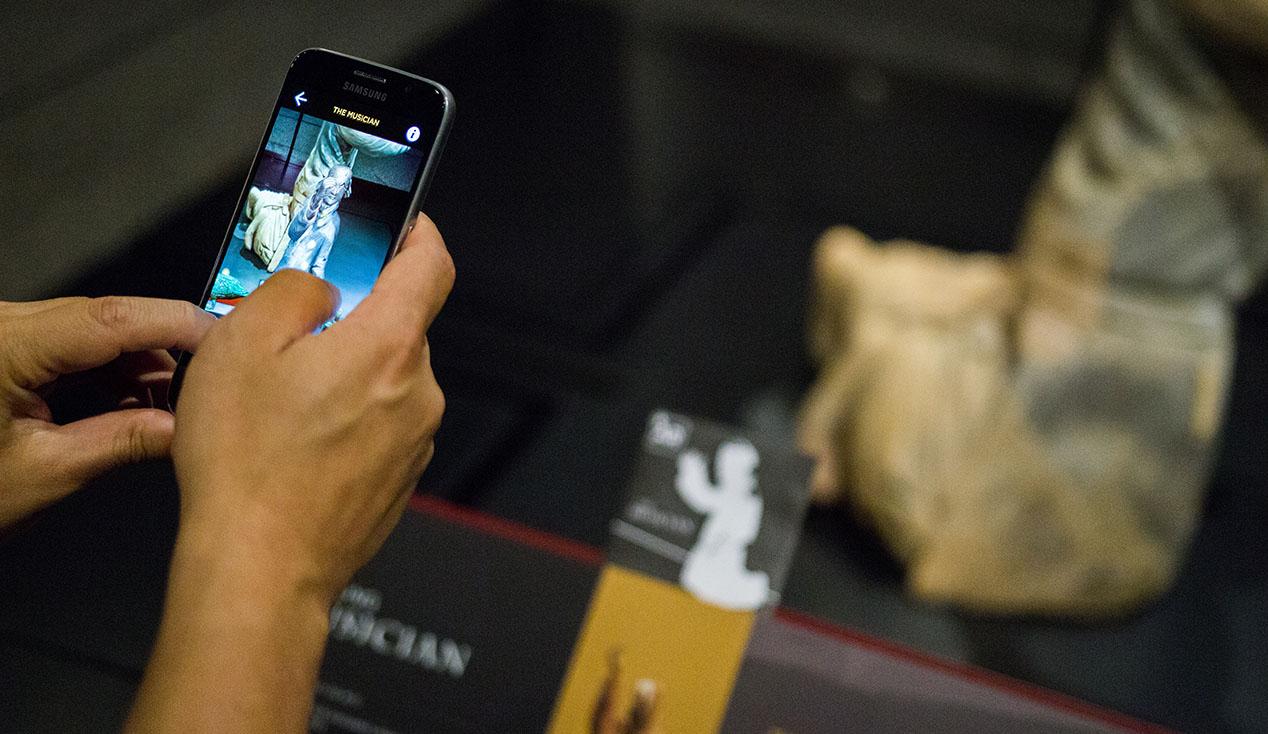
Augmented reality (AR) is one of the biggest technology trends right now, and it’s only going to get bigger as AR ready smartphones and other devices become more accessible around the world. AR let us see the real-life environment right in front of us—trees swaying in the park, dogs chasing balls, kids playing soccer—with a digital augmentation overlaid on it. For example, a pterodactyl might be seen landing in the trees, the dogs could be mingling with their cartoon counterparts, and the kids could be seen kicking past an alien spacecraft on their way to score a goal.
With advances in AR technology, these examples are not that different from what might already be available for your smartphone. Augmented reality is, in fact, readily available and being used in a myriad of ways including as Snapchat lenses, in apps that help you find your car in a crowded parking lot, and in variety of shopping apps that let you try on clothes without even leaving home.
Perhaps the most famous example of AR technology is the mobile app Pokemon Go, which was released in 2016 and quickly became an inescapable sensation. In the game, players locate and capture Pokemon characters that pop up in the real world—on your sidewalk, in a fountain, even in your own bathroom.
Games aside, there are as many uses for AR in our everyday lives as there are Pikachu on the loose in Pokemon GO. Here are just a few examples:
- Enhanced navigation systems use augmented reality to superimpose a route over the live view of the road.
- During football games, broadcasters use AR to draw lines on the field to illustrate and analyze plays.
- Furniture and housewares giant IKEA offers an AR app (called IKEA Place) that lets you see how a piece of furniture will look and fit in your space.
- Military fighter pilots see an AR projection of their altitude, speed, and other data on their helmet visor, which means they don’t need to waste focus by glancing down to see them.
- Neurosurgeons sometimes use an AR projection of a 3-D brain to aid them in surgeries.
- At historical sites like Pompeii in Italy, AR can project views of ancient civilizations over today’s ruins, bringing the past to life.
- Ground crew at Singapore’s airport wear AR glasses to see information about cargo containers, speeding up loading times


